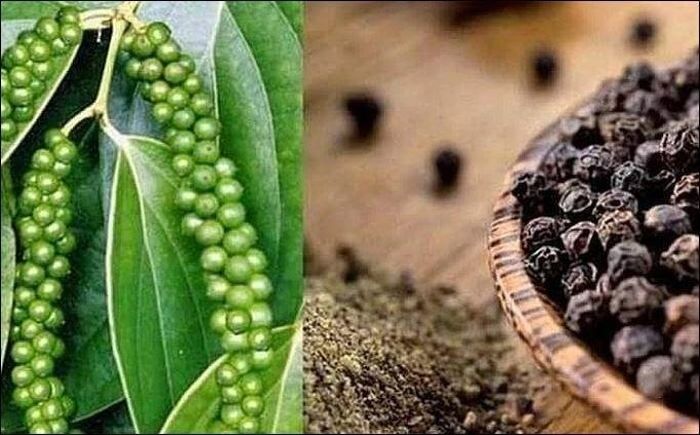
Process of exporting Vietnamese agricultural products to international markets
Exporting Vietnamese agricultural products has been on a strong development path, merely because Vietnam is a country with developed agriculture. Therefore, agricultural products are highly appreciated in terms of nutrition and deliciousness compared to similar products grown in other regions. So what steps do we need to go through when exporting agricultural products? What should we note when exporting this product? Let’s find out more details with Viet Linh in the article below.
1. Learn about Vietnamese agricultural export markets

Vietnam is one of the countries with a developed economy thanks to agriculture. There are currently many agricultural products being exported to international markets such as China, Japan, Korea… Some agricultural products have been allowed to land in the European market recently.
Vietnam’s exported agricultural products include rice, spices, seasonal fresh fruits such as lychees, mangoes, longans, dragon fruits, pineapples…
It can be seen that investing in the agricultural export system is considered a right direction to expand market operations and integrate in the economic field. Nevertheless, expecting to export agricultural products to the international market is not straightforward. It requires a lot of procedures and reasonable paperwork. The source of agricultural products needs to meet the requirements of the importing country.
Therefore, export business owners and farmers need to work together closely to bring the best products to international customers.
2. Procedures for exporting agricultural products
In order for goods to be cleared through customs smoothly, businesses must carry out the agricultural export process in 6 steps:

Step 1: Check agricultural products
The first step is to check that agricultural products meet quality standards and meet the requirements of the import market. Firmly understanding the importing country’s requirements will help save time and costs, while also creating an opportunity for goods to be easily cleared from customs afterward.
Step 2: Handling agricultural products and quarantine procedures
Before being exported, agricultural products need to meet the following requirements:
- Agricultural products are grown and harvested from areas with clean raw materials, certified by a number of reputable units such as: Vietgap, GlobalGap.
- Carry out fumigation, irradiation, plant quarantine, and make C/O in the prescribed order.
- Ensures standards of quality, content and no pesticide or plant protection drug residues inside.
- Appropriate packaging specifications, using cartons and sturdy packaging when packing, to limit damage.
Step 3: Prepare documents for agricultural export procedures
For agricultural products, businesses are required to prepare all relevant documents, including:
- Sale Contract;
- Commercial Invoice;
- Red Invoice;
- Packing list of goods;
- Booking with shipping/airline companies;
- Original Bill (ORIGINAL BILL OF LADING – BL);
- Certificate of Origin;
- Quality Certificate (CERTIFICATE OF QUALITY);
- Certificate of Origin (PHYTOSANITARY);
- Certificate of fumigation (FUMIGATION);
- Certificate of free sale (CERTIFICATE OF FREE SALES – CFS);
- Health certificate for food (HEALTH CERTIFICATE – HC);
- QUALITY AND QUANTITY CERTIFICATION;
- Radiation certificate (RADIATION CERTIFICATION).
Note: Normally, documents such as sales contract, commercial invoice, packing slip, booking and original bill are basic sets of documents, required when exporting agricultural products. Meanwhile, some additional types of certificates may arise based on Incoterm conditions or according to the regulations of the importing country.
Step 4: Prepare for delivery
When completing step 3, businesses need to contact shipping units to prepare the export customs declaration step.
Step 5: Customs declaration
Customs procedures for exporting agricultural products are based on data provided when packaging goods. After that, the business declares electronically, opens the declaration, clears the goods and liquidates them, and finally enters the ship’s book.
Step 6: Carry out customs clearance of agricultural products
In parallel with the customs clearance process for goods, businesses must attach bill details and submit VGM 2 days in advance to the shipping company that made the reservation. The purpose is to give the shipping company time to draft the invoice and send it back to you for review.
3. Key notes when exporting agricultural products
Below are some notes to help businesses easily export agricultural products to international markets. Agricultural products exported include two types: dry preservation and cool preservation

- For dry storage: businesses need to adjust the appropriate air humidity by using ventilation equipment to prevent agricultural products from being attacked by insects and pathogens. For example, when storing nuts, the air humidity should be reduced to 84-87% compared to the original. With fruit products, the moisture rate may be higher.
- For agricultural products that are fresh fruits that require cold storage, harvesting, packaging, and transportation need to take place in the correct order. It is necessary to ensure uniformity for the best quality of goods. In addition, depending on the agricultural product, the temperature in the plane and container must be adjusted appropriately, for example, for vegetables and fruits, the temperature must be from 2 – 12 degrees Celsius, to help agricultural products lush, limiting damage.
Above is some necessary information to export agricultural products to the international market. In recent years, the process of shipping goods to foreign markets has become difficult due to tightened procedures and constantly changing policies. This is also a huge challenge for Vietnamese businesses, causing the risk of losing goods and money if they do not really understand the regulations. To limit this, businesses should look to Viet Linh, one of the units with many years of experience in the export field, and will offer the best solutions, helping Vietnamese agricultural products to soon appear in the international market. . Please contact Viet Linh at hotline: 0345.128.188 for the best support.









